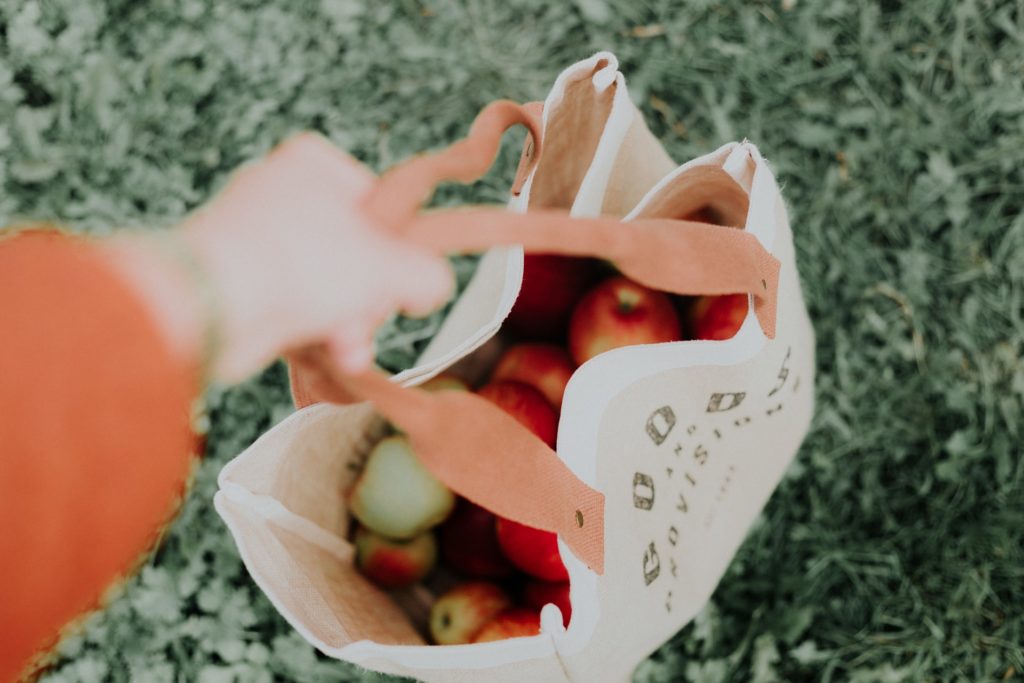Since 2019 supermarkets have not been able to give away single-use plastic bags, because of concerns over its impact on the environment, and in particular the oceans.
Now, consumer organisation Test Achats has carried out tests on the sustainability of different kinds of shopping bags, and the results may come as a surprise.
The method was as follows: The organisation tested the ecological footprint of nine different bags, of types commonly used by shoppers.
Concretely, the research looked at the Life Cycle Analysis of each product, which is defined as “a method used to evaluate the environmental impact of a product through its life cycle encompassing extraction and processing of the raw materials, manufacturing, distribution, use, recycling, and final disposal”.
In other words, not simply what material the product is made of, but its effect on the planet during its entire existence.
The result of the rankings came as a shock.
In first place, as the most ecologically-friendly, was the LDPE plastic bag sold by supermarkets and covered with their logo and publicity as reusable. LDPE stands for low-density polyethylene, and it is a product of the petrochemicals industry.
However you only have to use such a bag once or twice – depending on whether it is made with recycled materials – and it will have earned its keep in ecology terms.
Performing almost as well in second place, the reusable, compostable plastic bag used by shops like Lidl, which after two uses performs relatively well environmentally. Clearly, these conditions require that the bag is used, or at least not thrown away. When worn out, they should, if local authorities allow, be placed with PMD and recycled.
In third place a polyester bag that usually folds up on itself to fit inside a pocket, which is good after two or three shopping trips. In fourth place, the stiffer polypropylene bag, usually of much sturdier construction and fitted with textile handles. Those are good for three or four trips.
The places at the bottom of the table are perhaps even more surprising than those at the top.
In fifth, only good after eight uses, is paper, even when recycled. Jute, a natural fibre used to make composites like burlap and hessian, needs 36 uses to come good if unmixed, or 68 if mixed with other materials.
After jute comes cotton, which to begin with has a major environmental footprint, not only as a result of its cultivation but also transport. Cotton requires 104 uses to be sound.
And don’t think bio cotton is better; it’s actually worse, requiring 154 trips to the shops to make up for its manufacturing sins.
Finally, the worst offender of all those tested: the shopping trolley, which has many benefits for those of reduced strength or mobility, and allows in one load a quantity of shopping to be done that would require half a dozen of the above bags.
But the trolley, on eco grounds alone, would require no fewer than 709 trips to the shops before it would write off its environmental cost. That’s roughly 6.8 years, at a rate of two good-sized shopping trips a week.

